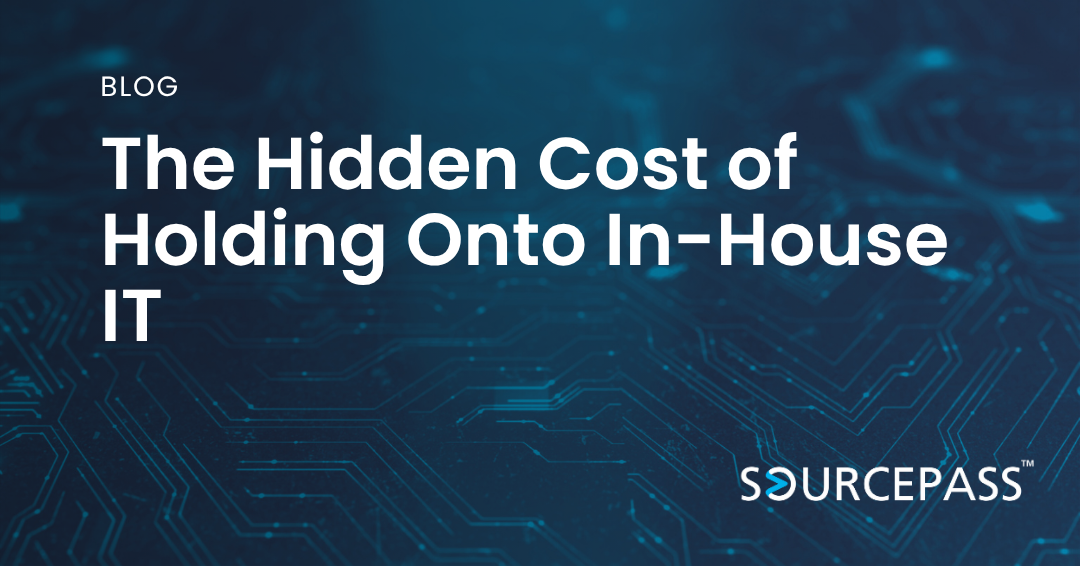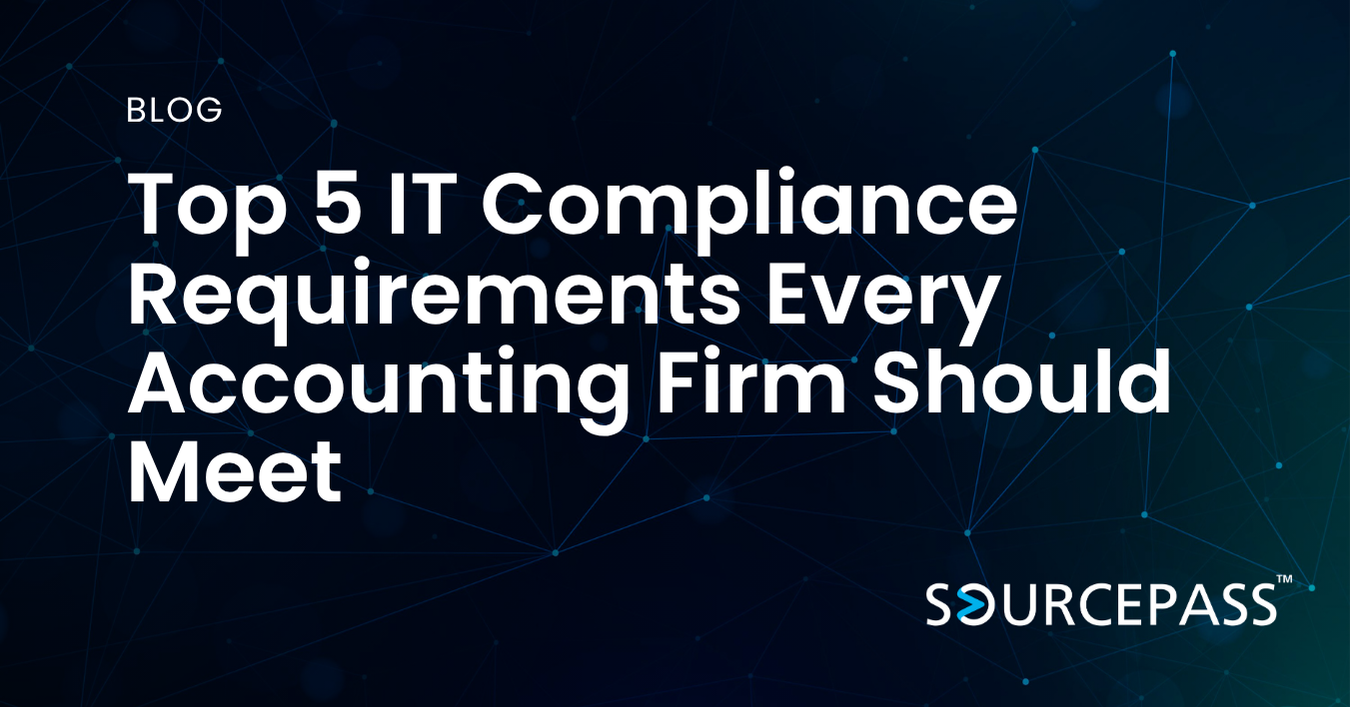The Hidden Cost of Holding Onto In-House IT
Jun 26, 2025 Alex Davis Strategy & Modernization | Costs & Budget 2 min read



For many businesses, the decision to keep IT in-house feels like the safe, sensible choice. Control stays internal. Sensitive data remains on-prem. And there’s always someone “down the hall” to help when something breaks.
But these beliefs—while understandable—are increasingly outdated. In today’s environment of rapid digital change, evolving cybersecurity threats, and growing operational complexity, holding onto an internal IT model could be quietly costing your business far more than you think.
The Legacy Beliefs That Are Holding Companies Back
Let’s unpack a few common mindsets that keep companies tied to internal IT—and how they lead to hidden costs.
1. “We Need to Control Everything”
While maintaining control may feel safer, it often results in rigidity. In-house teams are slower to adopt new platforms, patch security gaps, or modernize infrastructure. That control comes at the cost of agility and speed—two things every competitive business needs.
Cost Impact: Missed opportunities for automation, delayed upgrades, and slower go-to-market execution.
2. “Outsourcing is Less Secure”
Security is a major concern—and rightly so. But many internal IT teams lack the resources, training, or time to stay on top of today’s sophisticated threat landscape. Managed IT service providers often offer 24/7 monitoring, multi-layered defense strategies, and access to cybersecurity experts.
Cost Impact: Higher breach risk, poor patching cadence, noncompliance with regulations like HIPAA, PCI, or NIST.
3. “We Can Handle It Ourselves”
In small and mid-sized companies, IT often falls to one or two employees juggling everything from password resets to compliance projects. These generalists are essential—but stretched thin, they’re reactive instead of proactive.
Cost Impact: Downtime, poor end-user experience, burnout, and knowledge loss if one person leaves.
Hidden Costs That Don’t Show Up on the IT Budget
Most companies evaluate IT expenses by looking at salaries, hardware, and software. But that’s just the surface. Below are the hidden costs of maintaining an outdated in-house IT model:
1. Lost Productivity
Slow systems, unresolved issues, and poor support directly impact employee productivity. If your staff is wasting 15 minutes a day waiting for apps to load or files to transfer, that adds up to hours of lost work per employee, per month.
2. Delayed Innovation
When IT is consumed by maintenance, they can’t drive transformation. Whether it’s automating workflows, implementing analytics, or adopting cloud services—your business waits, and competitors move forward.
3. Security Exposure
Without dedicated cybersecurity expertise, your systems are likely under-defended. Patching delays, weak endpoint protection, and phishing vulnerabilities can cost hundreds of thousands in breach recovery, legal liability, or downtime.
4. Missed Strategic Opportunities
Modern IT isn’t just about fixing problems—it’s about planning infrastructure for growth, aligning with business goals, and ensuring technology supports revenue. Without a strategic IT roadmap, many businesses overspend in some areas while underinvesting in others.
What Managed IT Services Do Differently
Outsourced IT partners are structured to deliver value in ways internal teams often can’t:
- 24/7 support and monitoring
- Dedicated cybersecurity and compliance expertise
- Scalable service models for growing businesses
- Lifecycle management and strategic planning
- Documentation, standards, and SLAs to ensure accountability
This doesn’t mean firing your internal team—it means extending their capabilities. Many businesses find success with a hybrid model, where internal IT manages the day-to-day while a Managed Service Provider handles security, infrastructure, and project strategy.
Final Thought: Control vs. Capability
Clinging to full control of your IT function might feel like the responsible choice—but in many cases, it’s a costly form of risk aversion. Businesses that evolve past this mindset gain agility, resilience, and strategic alignment.
In the modern economy, it’s not about who holds the cables—it’s about who moves your business forward.
Subscribe To
Sourcepass Insights
Sourcepass Insights
Stay in the loop and never miss out on the latest updates by subscribing to our newsletter today!
.png?width=500&height=100&name=White%20Logo%20-%20Transparent%20Tag%20(3).png)



